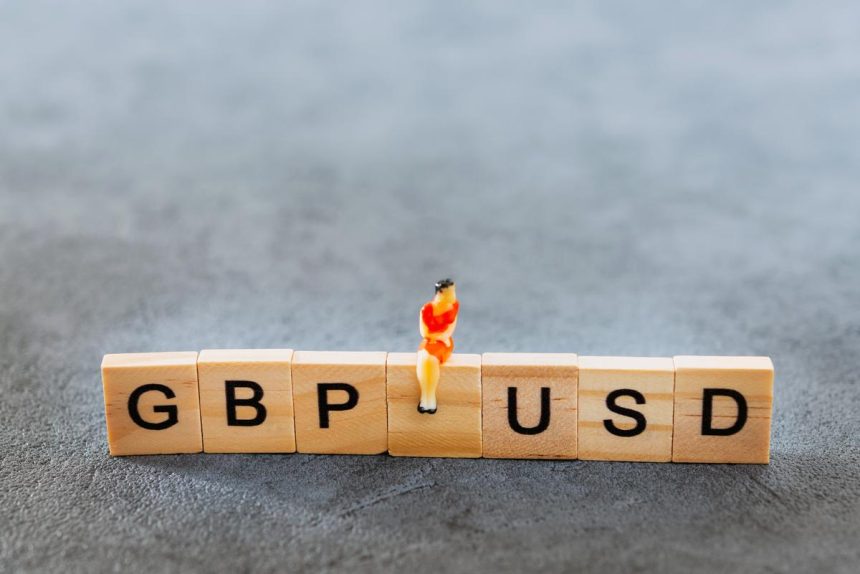Pound sterling recovered from 1.3000 against the US dollar after UK monthly retail sales unexpectedly increased by 0.3%.
On Friday, the Pound Sterling (GBP) gained ground at the psychological support of 1.3000 against the US Dollar, and it now trades near 1.3050. The GBPUSD pair gains momentum as the USD struggles to extend its five-day winning streak, with the US Dollar Index (DXY) falling to about 103.65 from 103.87 on Thursday, its highest level in more than ten weeks.
The Outlook for the Greenback remains bullish, with traders anticipating that the Federal Reserve (Fed) will reduce interest rates gradually rather than forcefully. According to the CME FedWatch tool, 30-day Federal Funds futures pricing data indicates that interest rates will fall by 50 basis points (bps) for the rest of the year, implying that the Fed will lower borrowing rates by 25 basis points (bps) in November and December.
Upbeat retail sales statistics could impact speculation about the BoE’s rate-cutting path.
The strong monthly retail sales in the United States (US) and decreased weekly jobless claims have boosted confidence in the economy’s resiliency. Retail sales increased by 0.4% in September, above expectations of 0.3%. Individuals collecting jobless benefits for the first time totaled 241K, which was lower than the predicted 260K.
In addition to positive statistics and mounting speculation about the Fed’s gradual rate-cutting path, rising predictions of former US President Donald Trump winning the presidential election have boosted the US dollar. Market participants anticipate that the Trump 2.0 administration will impose greater import tariffs, lower taxes, and loosen banking conditions, all of which traders view as bullish for the US dollar.
Daily Market movers: Pound sterling improves substantially against its major counterparts.
The pound sterling outperformed its major peers on Friday, thanks to stronger-than-expected September retail sales data from the United Kingdom (UK). The Retail Sales report, a crucial indication of consumer spending, increased by 0.3%, whereas forecasters expected it to fall by 0.3% month on month. Year on year, the consumer spending metric climbed at a healthy pace of 3.9%, higher than predictions of 3.2% and the August reading of 2.3%, which had been cut down from 2.5%.
Bank of England (BoE) will lower interest rates at each of the remaining two meetings this year.
According to the survey, increasing revenues at non-food retailers and department stores increased overall sales. Upbeat Retail Sales data is expected to reduce expectations that the Bank of England (BoE) will lower interest rates at each of the remaining two meetings this year. Markets began to price in this likelihood after Wednesday’s Consumer Price Index (CPI) data for September revealed that inflation fell more than expected, below the BoE’s 2% objective.
Inflation in the services sector, a frequently followed indicator by BoE officials, fell to 4.9%, its lowest level since May 2022. The easing of price pressures in The services sector increased merchants’ confidence that inflation is under control.









